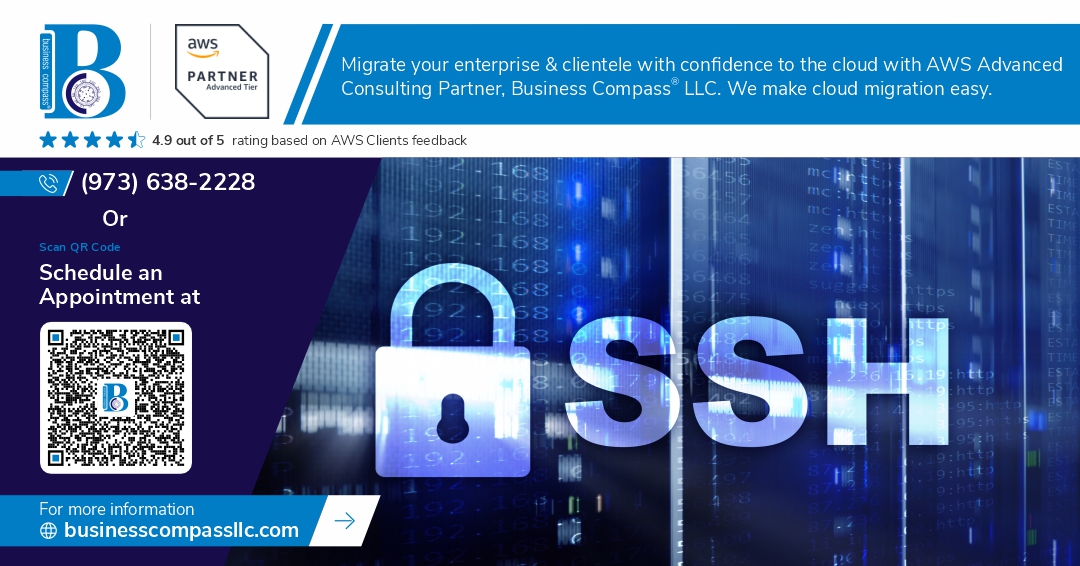Ever found yourself wondering why AWS security feels like building a moat around your digital castle? Without proper SSH tunnels and bastion hosts, you’re basically leaving your drawbridge down.
I’ve been there. The hours spent troubleshooting network issues and the constant dread of exposing sensitive systems to the internet is enough to make anyone question their career choices.
This guide will walk you through building a secure AWS network with bastion hosts and SSH tunnels using Terraform, giving you infrastructure that’s both robust and maintainable.
You’ll learn the exact steps I’ve refined over years of cloud architecture – no fluff, just practical patterns that work in production environments.
But before we dive into the code, there’s one crucial concept most engineers get wrong about bastion hosts that completely undermines their security…
Understanding AWS Network Security Fundamentals
Key AWS Security Concepts for Network Architects
Ever tried building a fortress in the cloud? AWS gives you the tools, but you need to understand them first. VPCs isolate your resources. Security Groups act as virtual firewalls. Network ACLs filter traffic at the subnet level. IAM controls who gets in. These fundamentals aren’t just checkboxes—they’re your defense system.
Setting Up Your AWS Environment Prerequisites
A. AWS Account Configuration Best Practices
Ever tried setting up an AWS account only to realize later you’ve made a security mistake? Been there. Create separate accounts for development and production environments. Enable MFA for all users, even admins. Set strong password policies. Configure CloudTrail for comprehensive logging. Trust me, these steps save headaches later.
Terraform Infrastructure as Code Basics
Terraform AWS Provider Configuration
Think Terraform as your magic wand for AWS. You point, declare what you want, and boom—infrastructure appears. Just configure your provider block with AWS credentials, specify the region, and you’re golden. No more clicking through endless console screens or writing complex scripts.
Designing the Network Architecture
Designing the Network Architecture
A. VPC and Subnet Planning Strategies
Your AWS network is like your house’s foundation – get it wrong, and everything falls apart. Sketch your VPC with proper CIDR blocks first. Don’t cram everything into one subnet. Spread resources across availability zones for redundancy. Think ahead about IP address needs – you’ll thank yourself later when scaling up.
Implementing the Bastion Host with Terraform
Implementing the Bastion Host with Terraform
A. EC2 Instance Selection and AMI Hardening
Want a rock-solid bastion host? Start with the right foundation. Pick Amazon Linux 2 for its security patches, then strip it down – remove unnecessary packages, disable root login, and harden SSH configs. Your bastion should be minimal by design. Attackers can’t exploit what isn’t there.
Configuring Secure SSH Tunneling
Configuring Secure SSH Tunneling
A. SSH Config File Best Practices
Stop wrestling with long SSH commands. Set up a proper config file in ~/.ssh/config with host definitions, identity files, and connection settings. One file saves you from typing those monster command lines every time you connect to your bastion host.
B. Key-based Authentication Setup
Never use passwords for SSH. Period. Generate strong SSH key pairs (ED25519 is your friend) and disable password authentication in your sshd_config. Your private key stays local, public key goes on the server, and you’ll sleep better at night.
C. Connection Timeout and Security Parameters
SSH connections hanging around is a security nightmare. Add these to your config:
ServerAliveInterval 60
ServerAliveCountMax 3
ConnectionAttempts 3
ConnectTimeout 15
These settings boot inactive sessions and prevent connection hangs.
D. Port Forwarding Configuration
Need database access without exposing it? SSH tunneling is magic:
ssh -L 3306:internal-db:3306 bastion-host
Now localhost:3306 connects securely to your private database. No VPN needed and attackers stay locked out.
Testing and Validating Your Setup
Testing and Validating Your Setup
A. Connection Testing Methodology
Don’t just assume your bastion setup works – prove it. Connect from your local machine through the bastion to your private instances using ssh -J user@bastion-ip user@private-ip. If you get in cleanly, you’ve nailed it. No connection? Check your security groups first.
B. Security Validation Techniques
Hit your setup with some real-world testing. Try accessing private instances directly (this should fail). Run nmap scans to verify only SSH ports are exposed on your bastion. Review CloudTrail logs for any suspicious access attempts. Security isn’t a one-and-done deal.
C. Performance Benchmarking
SSH tunnels can get sluggish if not configured right. Measure file transfer speeds with scp through your bastion versus direct connections. Test latency with repeated commands. Consider agent forwarding for better performance, but remember it comes with its own security trade-offs.
D. Troubleshooting Common Issues
Stuck? Check these usual suspects:
- Security groups blocking port 22
- Incorrect key permissions (should be 600)
- Missing entries in your SSH config
- Bastion host timeout settings too aggressive
- VPC routing issues preventing proper forwarding
Operational Best Practices
Operational Best Practices
A. Monitoring and Logging Configurations
Ever wonder why your bastion host went down at 2 AM? Without proper monitoring, you’re flying blind. Set up CloudWatch alerts for login attempts, resource usage, and network traffic. Configure AWS CloudTrail to track API calls, and use VPC Flow Logs to capture all network flows. These tools aren’t just nice-to-haves—they’re your early warning system.
Securing your AWS network infrastructure is crucial for protecting your data and applications in the cloud. By implementing a bastion host with SSH tunneling through Terraform, you’ve created a robust security layer that limits direct access to your private resources while maintaining the ability to manage them efficiently. From understanding AWS network fundamentals to setting up the infrastructure as code, you now have a complete solution that follows security best practices.
Remember to regularly update your security groups, rotate SSH keys, and monitor access logs to maintain the security posture of your environment. This approach not only strengthens your network defenses but also provides a scalable, reproducible solution through infrastructure as code. Whether you’re managing a small development environment or an enterprise-scale production network, these principles will help ensure your AWS resources remain secure while remaining accessible to authorized users.



















